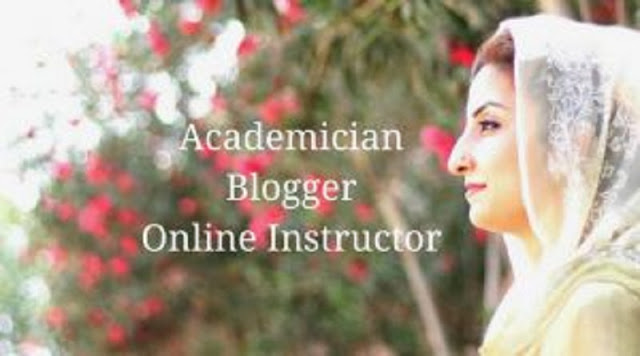Three Famous Sindhi Female Short Story Writers
Sindhi short story has crossed over a century, the very first short story in Sindhi was written in 1904 and today it is 104 years old. During this century a variety of writers who wrote Short stories in Sindhi and got fame. Here is a list of five prominent female Sindhi short story writers:
1- Popati Heeranandani:
Popati Hiranandani, one of the best-known Sindhi women writers, was born in 1924 in Hyderabad, Sind, in present-day Pakistan. Her works not only depict the urban milieu of Sindhi culture, but also delve deep into the life of Sindhi middle class and the plight of women in the social structure. She also depicts the inner dynamics of Sindhi families.
Popati Hiranandani's name is bound to go down in Sindhi literary history as one of the finest Sindhi writers of both pre-partition and post-partition India, a forthright feminist, and an outstanding social activist.
Among the several works she published are Ruha sandi runch (1975), Man Sindhini (1988) (both poetry), Pukar (1953), Zindagi-a-ji-photri (1993) (both short stories), Sailab zindagi-a-jo (1980) (novel), Sindhi kalahain aju (1985) (essays), Shah, Sindhi-tahiziba jo ruh (1983) (literary criticism), Bhasha shastra (1962) (linguistics), Manik-Motilala (1993) (biography), Muhinje hayatia ja sona ropa varqa (1980) (autobiography), History of Sindhi literature (in Sindhi).
She has been the recipient of several honors and awards including the Sahitya Akademi Award in 1982 for her autobiography.
2- Kala Parkash:
Noted Sindhi fiction writer and poet was born to a moderate family of Karachi in January 1934. Schooled at Haridevi High School Karachi, she had to leave for India after Partition where she resumed her studies. Since she was 13 at the time of Partition she bore the bitter sense of becoming homeless, which she used to express in her writings.
After further education at K.J. Khalnani Higher School she got admission to Jai Hind College, Mumbai from where she had her Masters and joined Indian government as an auditor.
She had developed a taste for literature since her childhood which was further encouraged after her marriage in 1954 with Dr Moti Parkash, also a noted poet. She continued her job till 1977 and later after getting a diploma in Sindhi she became a lecturer. As a teacher she made worthy contribution by encouraging girls to take up literature.
She chose fiction as her mode of expression. Her husband Moti Parkash was a very sensuous poet who made laudable contribution in all genres of poetry besides attempting modern vocabulary.
Kala’s stories brought life to words. She wrote with such efficacy that it only added to colour. Her first short story titled Dohi bedohi in 1953 brought her laurels. She followed it up with many stories and her first novel Hik dil hazar armaan appeared in 1954. It was reproduced in Pakistan in 1973. Kala Parkash, who had made memorable contribution to Sindhi literature after Independence and expired in Mumbai on Sunday, was also an untiring social worker. She was 84.
3- Mehtab Mehboob:
Hyderabad-born Mahtab Mehboob belongs to a family of Kalhora Pir. Her father was the sajada nasheen of Mian Sarfarz Kalhoro. Mehboob, the prolific author, creatively engaged in multiple genres: short story, novel, travelogue and columns.
Her book, Chandi Joon Taroon (Silver Shackles), which appeared in 1970, was the first-ever collection of short stories by a female writer in Sindhi. Her second collection, Pirh Khaan Pahreen (Before Dawn), appeared after a short break of three years (a third addition of that book appeared in 1999).
However, Mehboob’s third book, Mithi Murad (Sweet Accomplishment), succeeded in drawing serious attention from her contemporaries and was appreciated by writers like Hameed Sindhi, Naseem Kharal and Amar Jaleel. The book simultaneously earned recognition from critics too.
The canvas of Mehboob’s stories is not very broad in terms of public life and the complexity of subjects. Her stories are taken from the private milieu of common households. In her short stories, Mehboob is at her strongest in creating characters, picking them up from the everyday life of common folk.
By keen surveillance of the life around her, Mehboob sharpens their characteristics through conversations and the subtle use of idioms in the dialogues, phrases and the colloquial language of women. Thus neither slogans of revolutionary freedom nor wrapped in the deep sense of women’s oppression, the stories of Mahtab Mehboob are as ordinary as the culture itself.







Önemli giriş adreslerine buradan ulaşabilirsiniz.
ReplyDeletebetturkey giriş
betpark giriş
1GL4U8